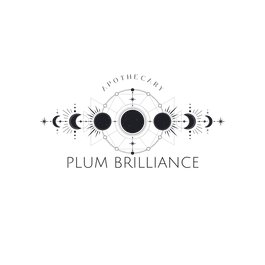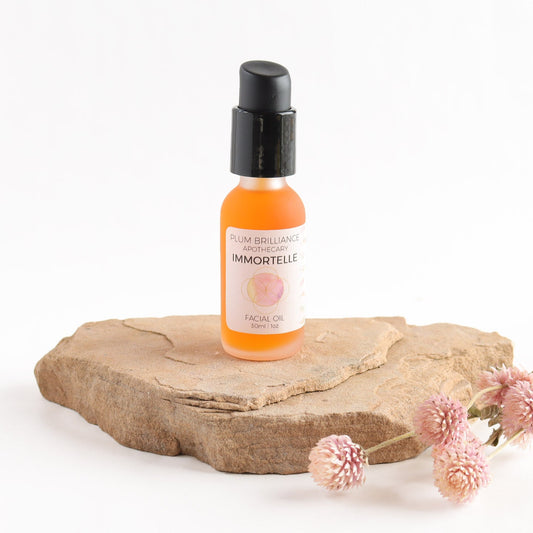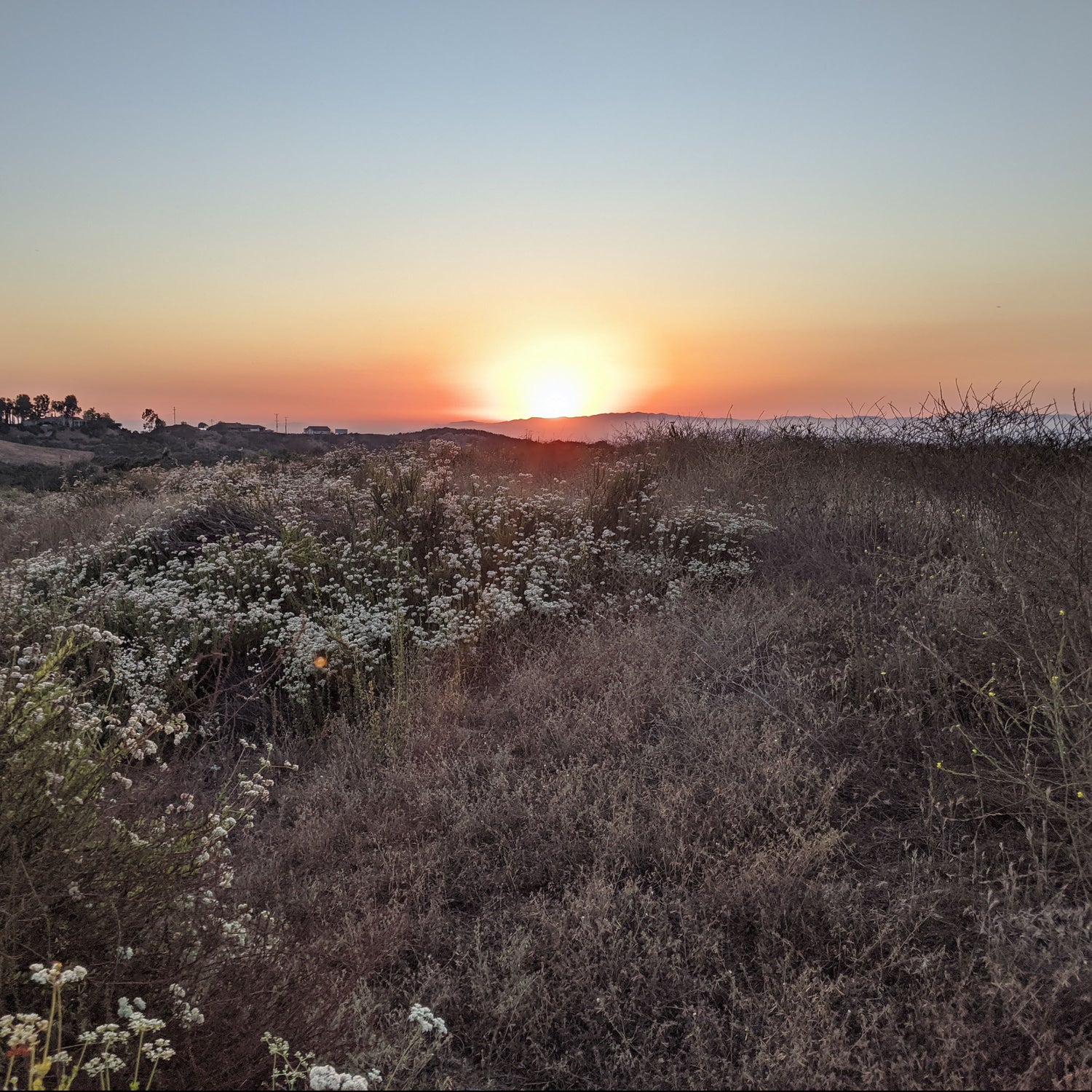What is wildcrafting?
I talk of wildcrafting often when I discuss the products I make. What does that even mean?

Wildcraft is a verb defined as, to gather (herbs, plants, and fungi) from the wild.
This definition is just a small portion of what wildcrafting truly is. Above all wildcrafters and foragers must be stewards of the land they harvest from.
Is it Sustainable?
If everyone were to wild harvest with abandon then we would absolutely impact these wild spaces. When done in an ethical, aware manner wildharvesting can connect people with the earth, increasing their desire to care and steward these plants and places.
I’ve spent years walking the land in the places I gather from. I’ve watched the different plant stands thrive and whither. I harvest in times of abundance and support in times of stress with gifts of water from my bottles or prayers of health.
Wildcrafting is often more about spending time in nature and developing a deep relationship than harvesting. When plants are seen as friends/allies and not commodities it is easier to acknowledge what is best for the plants not what I want in that moment.
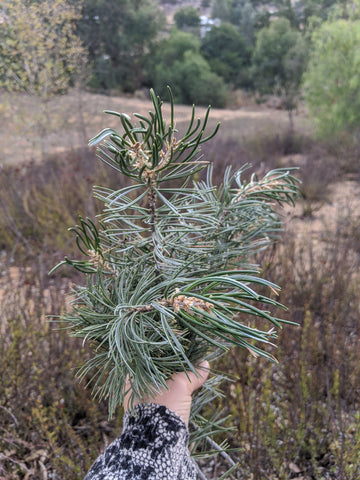
Plants are not always available or open to being harvested. When asking permission from a plant often the response is “no”. Being connected to the places and plants makes it easier to differentiate my “yes” from the plant’s “yes”. When I hear “yes” to go ahead and harvest I have to remember to check my own ego and see if it is actually my desires and not the plant’s voice that I am hearing. Plant lust is a very real thing, and as humans we often take to serve our own desires.
Plants are highly intelligent, they respond to the presence of humans. New research has shown what many plant lovers have long believed to be true. Plants can feel when we are touching them and they can differentiate the type of touch. Not only do they feel, but that sensation of touch starts a cascade of physiological responses within the plant.
Wildcrafted vs. organic
As living organisms plants have their own life energy which is responsive to the challenges they face for survival. Cultivated plants are grown in ideal conditions, with plenty of water, minimal stress, protection from disease and infestation. Wild plants are hardier and more resilient. The vital energy of these plants is increased by their natural situations. If a wild plant manages to survive too little water, competing plants, insect infestations etc., these challenges contribute to a strong, robust organism. "What doesn't kill you makes you stronger."
“Generations of herbalists have emphasized the quality of wild versus cultivated plants. This bias was not based on plant constituency, which is often higher in cultivated species, but rather on the energetics of wild plants. There is a spirit, and energy inherent in wild things, both fauna and flora, that is apparent to anybody who has visited the last remaining wilderness areas of this country. That essence is hard, if not impossible to capture.” – Planting the Future: Saving Our Medicinal Herbs – ed. Rosemary Gladstar
There is no denying how special the products with wildcrafted plants are. A few are products like wildling body balm, rivers lymphatic massage oil, nymph rose body oil. If you've tried any of these then you know the unique magic I'm referring to.

There has been some response that the effects of wildcrafting are negative and should be halted, indeed some practices are non-sustainable. This usually is in the form of commercial harvesting, where entire plant stands will be stripped, where at risk or threatened plants are harvested for profit. This is not what I consider “wildcrafting” this is exploitation.
“But let us not make a reactionary mistake of construing wildcrafting as something negative. It is not in the least; it is an herbal art and a craft that commands respect when performed by a skilled artist and craftsman. Pursued with intelligence and understanding, wildcrafting is a process of harvest pruning, which when practiced knowledgeably never exploits or diminishes wild plant communities, but instead supports and enhances them. What is needed is not condemnation of this ancient, honorable craft, but more well-trained teachers and fervent, plant-loving students.” - The Herbal Medicine-Maker’s Handbook: A Home Manual by James Green
When I harvest it often looks like tending the plants in supportive ways. I will prune plants in order to encourage healthy regrowth. I will harvest parts of the plant that may be naturally broken off by passing animals. A snip from clippers is more readily repaired and less likely to become diseased than a torn twig or branch which can open the protective bark.
I look for fresh fallen branches so I don’t have to trim from plants and trees. After storms I can easily fill my bag with clippings from downed branches.
I try to harvest in a way that is unnoticeable. I do not harvest in just one area and I never take the biggest or the smallest members of the stand. To someone passing by it would be very difficult to tell where I had harvested from.
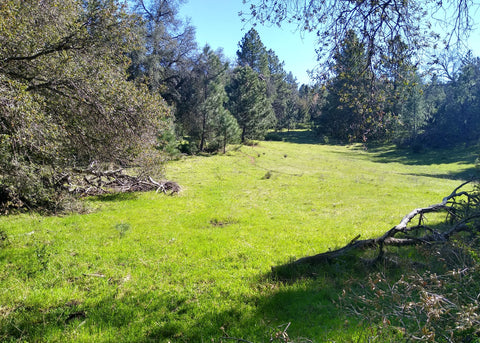
I donate to United Plant Savers and keep up with their list of at risk plants. One of the native plants of my bioregion, White Sage (Salvia apiana) is on this list. Because of this I will not wild harvest white sage.
What’s the deal with white sage?
White sage is a plant that is often discussed and is currently the subject of some major plant lust. I’ve heard everything from, “white sage is endangered, you should never use it” to “white sage is the only plant that will work, no other substitute will suffice”.
Is white sage endangered?
Endangered no, on the watch list yes. Where I live (the natural habitat for white sage) there are miles and miles of it growing prolifically. This doesn't change the fact that the popularity and demand for white sage is growing at exponential rates. It has the potential to become endangered if harvesting continues at the current rate. Sadly money often takes priority over plant health and entire hills are being wiped out by greed. White sage is being illegally over harvested in many places.
Is white sage the only plant I can use?
No, there are so many plants that can be used in the same way that white sage is being used. White sage would only have been used by the indigenous people who lived in the area it grew. Humans are resourceful and all manner of aromatic plants have been used in ceremony, to clear space and purify an area. Cedar, Juniper, Sagebrush along with all the other sages (black, Cleveland, desert etc) work so well in the place of white sage. Even our aromatic culinary herbs like rosemary, thyme, oregano can be used. All of these plants are incredibly anti-microbial and energetically moving/clearing.

Do I make products with white sage?
Yes, because I was able to establish a relationship with a local native plant nursery. Moosa Creek is located in my hometown of Valley Center. The owner loves plants as much as I do and her care in her craft is apparent. As a supplier to retail nurseries all over California, they have many different California native plants. They are environmentally responsible and grow some of the healthiest plants I've ever purchased. This connection has made it possible for me to use white sage in the products I craft. They have generously allowed me to harvest the clippings from their plants when they prune. Without this relationship white sage would not be an ingredient in the products I craft. Given the choice of using an amazing plant that would otherwise be composted, the decision is simple!
If you must have white sage, know the source. Was is grown, was it wildharvested, do you trust the integrity of the person or company selling it?
So cultivated or wild?
It depends on the circumstances, in the case of white sage it will always be cultivated for me.
When wildharvesting I have a few guidelines I follow that all wildcrafters should ask themselves before harvesting.

This list is From Howie Brounstein’s checklist for wildcrafting
Wildcrafting Checklist
- Do you have the permission or the permits for collecting at the site?
- Do you have a positive identification?
- Are there better stands nearby? Is the stand big enough?
- Are you at the proper elevation?
- Is the stand away from roads and trails?
- Is the stand healthy?
- Is there any chemical contamination?
- Is there any natural contamination?
- Are you in a fragile environment?
- Are there rare, threatened, endangered, or sensitive plants growing nearby at any time of the year?
- Is wildlife foraging the stand?
- Is the stand growing, shrinking, or staying the same size?
- Is the plant an annual or a perennial?
- Is tending necessary and what kind?
- How much to pick?
- Time of day? Time of year?
- What effect will your harvest have on the stand?
- Do you have the proper emotional state?
- Move around during harvesting.
- Look around after harvesting. Any holes or cleanup needed?
- Are you picking herbs in the proper order for a long trip?
- Are you cleaning herbs in the field?
- Do you have the proper equipment for in-field processing?
*Wildcrafting is Stewardship*
Acknowledging that the plant is a living being and incorporating some sort of ritual into harvesting can help elevate awareness of the plant spirit. Offerings, prayers and a sense of gratitude are all wonderful to include in the practice of harvesting. My own harvesting rituals are personal and unique but as part of that ritual I will usually offer some of my water to the plants I collect from.
If you are interested in wildcrafting and want to learn more I highly suggest you check out the following resources.
Braiding Sweetgrass by Robin Wall Kimmerer
Columbines School of Botanical Medicine – Wildcrafting for beginners
Sage Country Herbs – online education course and field apprenticeship by Shana Lipner Grover
